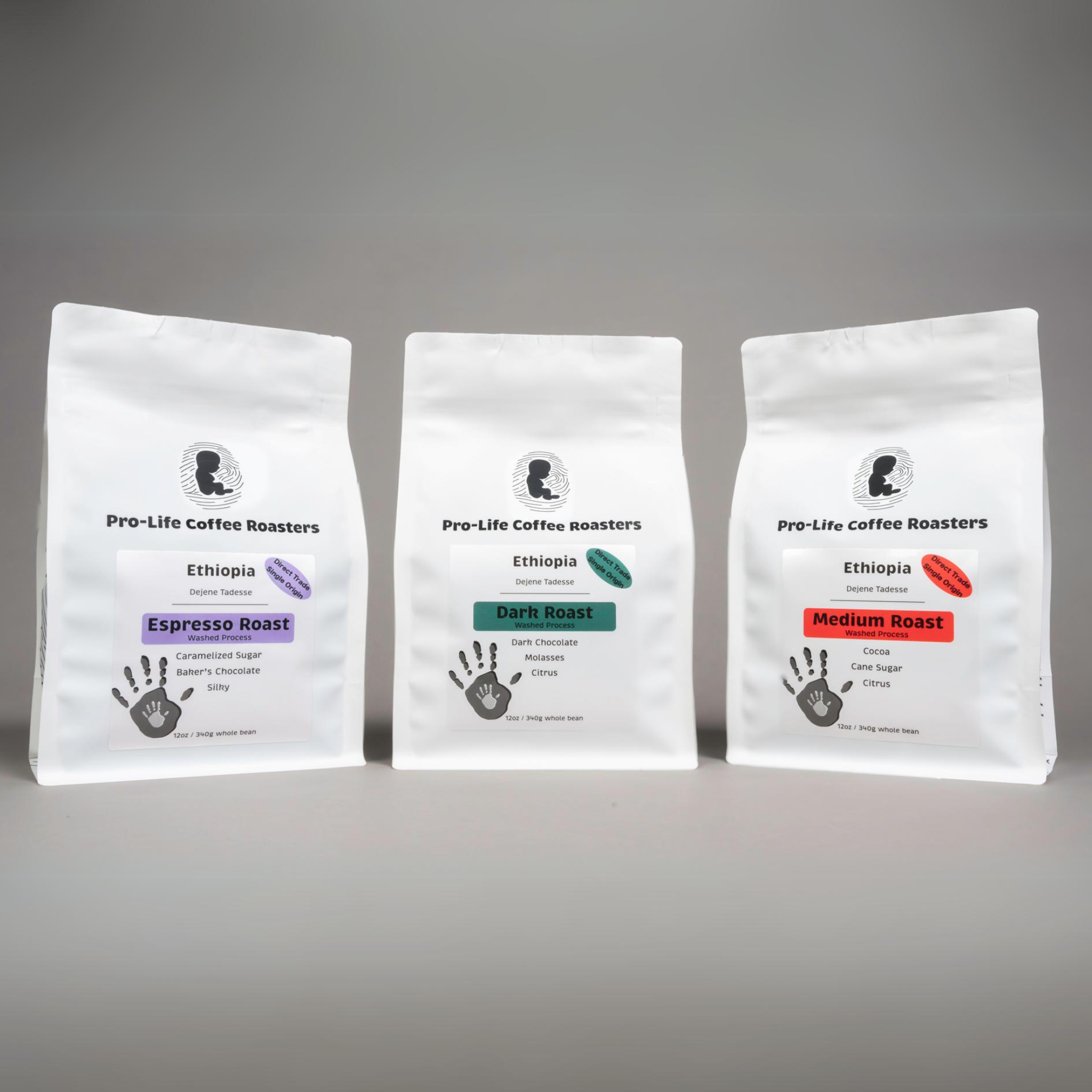Discover the Distinctive Flavor Profile of SOE Single Origin Espresso Today
Discover the Distinctive Flavor Profile of SOE Single Origin Espresso Today
Blog Article
Comprehending Coffee Beans: the Journey From Espresso to Blended Coffee Beans

The Origins of Coffee: An International Viewpoint
While you could consider coffee as a modern staple, its origins trace back centuries, intertwining with cultures across the globe. The tale starts in Ethiopia, where tale claims a goat herdsman named Kaldi uncovered the invigorating effects of coffee beans after discovering his goats romping energetically after consuming them. This sparked rate of interest, causing coffee's spread to Arab investors who valued the made beverage. By the 15th century, it got to Persia, Egypt, and Turkey, where coffeehouses became social centers for discussion and society.
As trade courses increased, coffee made its method to Europe in the 17th century, swiftly acquiring popularity. It changed from a mystical drink right into a daily ritual, motivating celebrations and intellectual exchanges. Each culture added its unique twist to coffee prep work, improving its background. This global trip highlights just how coffee connects us, going beyond boundaries and joining diverse practices through a basic bean.
Growing and Harvesting of Espresso Beans
As coffee's trip progressed, the emphasis shifted to the cultivation and harvesting of specific bean selections, particularly those utilized for coffee. You'll find that espresso beans commonly originate from Arabica or Robusta plants, each offering distinctive tastes. The optimal growing conditions consist of high elevations and abundant, well-drained soil, which boost the beans' high quality.
Throughout the harvest, picking approaches vary. Timing is vital; you want to harvest when the cherries get to peak ripeness for optimum flavor.
When collected, the beans are prepared for processing, which is essential in determining their last preference. Comprehending the growing and collecting processes gives you understanding into what goes right into your favored espresso, enhancing your admiration for every cup.
Processing Approaches: From Cherry to Bean
Since you've discovered collecting espresso beans, let's check out how those cherries change into the coffee beans you enjoy. You'll see exactly how various harvesting methods impact taste, complied with by the crucial actions of fermentation and drying out. Ultimately, we'll break down the milling and grading process that identifies your coffee's high quality.
Collecting Strategies Explained
When it concerns coffee, recognizing harvesting techniques is crucial, because they directly affect the taste and top quality of the beans you delight in. There are two key techniques: selective selecting and strip selecting. Discerning selecting includes hand-picking only ripe cherries, guaranteeing you get the very best high quality beans. This technique typically leads to a richer taste profile, though it's even more labor-intensive. On the various other hand, strip picking methods harvesting all cherries at once, no matter perfection. While it's quicker and less expensive, this can cause a mix of flavors, influencing the last product. Ultimately, the selection of harvesting method can significantly affect your coffee experience, so it deserves recognizing exactly how those beans made it to your cup.
Fermentation and Drying
After collecting, the next steps in processing coffee beans play a considerable function in forming their taste. You'll find that fermentation is vital, as it aids damage down the mucilage surrounding the beans, improving their taste account. Depending on the technique, this process can last from a few hours to several days, with varying results based upon temperature level and humidity.
As soon as fermentation is complete, drying out complies with, which is similarly crucial. You can select from mechanical or sun-drying drying out methods. Sun-drying allows the beans to absorb tastes from the atmosphere, while mechanical drying out guarantees constant dampness levels regardless of weather. Appropriate drying is important to stop mold and mildew and maintain the beans' quality, eventually influencing your mug of coffee.
Milling and Grading Refine
As fermentation and drying out set the stage for flavor development, the milling and grading process warranties that just the most effective coffee beans make it to your cup. This phase includes removing the outer layers of the coffee cherry, consisting of the parchment and husk. After milling, the beans are arranged by size and weight, making sure an uniform quality. You'll discover that grading aids determine issues and classify beans, which influences taste and aroma. Premium beans obtain a higher quality, causing a richer coffee experience. Once graded, the beans are ready for packaging and shipping, maintaining their unique qualities. This meticulous procedure is important for supplying the remarkable preference you enjoy in every sip of your favored brew.
Toasting Strategies: Opening Taste Prospective
When you roast coffee beans, the technique you choose can considerably affect the flavor profile. Understanding the partnership between time, temperature, and roasting techniques is vital to revealing the potential of your brew. Allow's discover exactly how these components come with each other to produce the ideal cup.
Toasting Methods Discussed
While you could believe that all coffee roasting techniques produce the very same outcomes, the reality is that each strategy exposes special taste potentials in the beans. You can choose between techniques like drum roasting, air roasting, and even standard pan roasting. Drum roasting uses a revolving drum to evenly disperse warm, enhancing caramelization and producing a balanced flavor. Air roasting, on the other hand, distributes hot air around the beans, advertising a lighter roast with noticable acidity. Frying pan toasting permits hands-on control yet needs consistent focus to stay clear of burning. Each method has its nuances, so try out different techniques can assist you discover the best roast that lines up with your taste preferences. Take pleasure in the journey of finding your optimal cup!

Influence On Taste Account
Different toasting methods not only influence the process yet likewise greatly influence the flavor account of the coffee beans. Dark roasts, on the various other hand, bring out strong, great smoky tastes, in some cases covering up the bean's one-of-a-kind attributes. Understanding these nuances assists you value the creativity behind your mug of coffee, enhancing your overall experience with every sip.
Time and Temperature Level Aspects
To launch the complete taste possibility of coffee beans, both time and temperature throughout the roasting process play significant duties. When roasting, you'll discover that greater temperature levels can promptly create flavors, yet if you hurry it, you may wind up with burned notes. On the other hand, reduced temperatures enable for an extra gradual taste development, showcasing the beans' distinct characteristics.

Timing is simply as vital; extending the roast as well long can cause a loss of level of acidity and illumination, while too brief a roast might leave the beans underdeveloped. Locating that wonderful place requires practice and testing. By changing these factors, you can disclose the rich, complicated tastes hidden within each bean, producing a truly remarkable coffee experience.
The Art of Blending: Crafting Distinct Coffee Accounts

Begin by choosing a base coffee that supplies a strong foundation. Choose complementary beans to boost particular taste notes. As an example, an intense Ethiopian bean can bring fruitiness, while a rich Brazilian coffee adds body. Experimentation is crucial-- don't hesitate to change proportions till you discover your optimal account.
As you mix, bear in mind that each combination informs a tale. You're not just making coffee; you're creating an experience. Single Origin Espresso So, take your time, taste frequently, and delight in the journey of discovering your signature mix.
Brewing Techniques: Just How Preparation Influences Flavor
Blending coffee opens up a domain of taste opportunities, however exactly how you make that blend can significantly affect your last mug. On the other hand, a pour-over highlights the coffee's clearness and brightness, ideal for showcasing delicate notes.
Espresso, with its high stress, generates a focused shot that accentuates sweet taste and crema. If you favor a lighter mixture, think about a cold brew technique; it produces a smooth, much less acidic preference.
Eventually, experimentation is crucial. Adjusting variables like water temperature, grind size, and make time can transform your coffee's profile. Embrace the art of brewing to find the flavors concealed in your coffee blends. The right technique can elevate your experience to brand-new heights.
The Future of Coffee: Sustainability and Innovation
As the coffee industry progresses, sustainability and advancement are ending up being necessary for dealing with ecological difficulties and conference customer demands. You'll observe that more coffee firms are taking on green methods, from sourcing beans morally to applying lasting farming strategies. These changes not only help the earth but additionally improve the top quality of the coffee you delight in.
You could see developments like biodegradable product packaging and water-saving brewing techniques that decrease waste. Advanced modern technology, such as blockchain, is likewise coming to be popular, making sure transparency in the supply chain, which allows you to trace your coffee back to its origins.
On top of that, purchasing regional neighborhoods and sustaining farmers with fair trade campaigns cultivates a much more sustainable coffee environment. As you sip your next cup, remember that your options can add to a brighter future for coffee. By opting for sustainable brands, you're not just delighting in a drink; you're making a favorable influence on the world.
Frequently Asked Inquiries
What Is the Difference Between Arabica and Robusta Beans?
Arabica beans are smoother, sweeter, and have a higher acidity, while robusta beans are stronger, more bitter, and contain more high levels of caffeine. When making your coffee., you'll observe these differences in flavor and aroma.
How Does Elevation Affect Coffee Bean Flavor?
Elevation impacts coffee bean flavor significantly. Higher altitudes produce beans with brighter acidity and facility flavors, while reduced altitudes commonly yield beans that are heavier and much less nuanced. You'll observe these distinctions in your mug!
What Are the Health Advantages of Drinking Coffee?
Consuming alcohol coffee can boost your energy, improve psychological focus, and also boost physical efficiency. It's abundant in anti-oxidants, may decrease the risk of certain diseases, and can promote a much healthier metabolic rate when eaten in moderation.
Can Coffee Beans Be Reused for Developing?
Yes, you can recycle coffee beans for brewing, yet the taste may be weaker. If you take pleasure in trying out, try recycling them in different ways, like chilly brews or adding to shakes for an added kick.
Exactly how Should I Store Coffee Beans for Quality?
To keep your coffee beans fresh, store them in an airtight container in a great, dark area. Prevent exposing them to warmth, dampness, or light, as these factors can quickly deteriorate their taste and scent.
Recognizing Coffee Beans: the Journey From Coffee to Blended Coffee Beans.
Now that you have actually discovered about gathering espresso beans, allow's discover just how those cherries change into the coffee beans you like.When you roast coffee beans, the method you pick can dramatically influence the flavor profile - Single Origin Espresso.While you could think that all coffee toasting approaches yield the same outcomes, the reality is that each method discloses special taste potentials in the beans.Different toasting approaches not only influence the process but also considerably affect the flavor profile of the coffee beans
Report this page